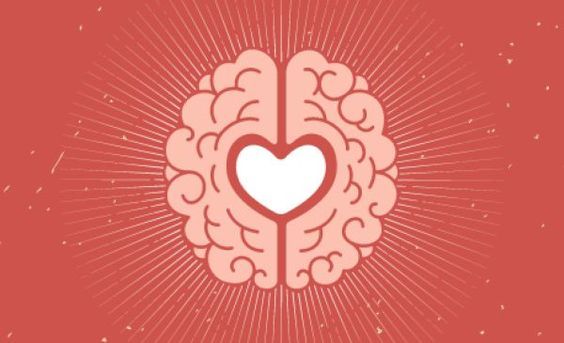The Emotional Value of a
Customer’s Buying Decision
Customer’s Buying Decision
The Birth of Decision-making

Purchasing decisions take birth in a human’s subconscious mind and
therefore luxury consumers are driven by unconscious urges, the strongest of
which is Emotion. A brand’s marketing approach must target the subconscious
mind that involves targeting emotions over logic and rationale. When a brand
focuses solely on marketing the attributes of the product, it is making a huge
mistake by missing the opportunity of targeting the subconscious
decision-making process of the human element.
When people are asked about their purchasing habits, they explain by
giving an analogy of competing brands, quality of products, and evaluation of
prices. These are factors humans believe that they consider however, they do
not realize that decisions are primarily emotional, not rational.
Thus, it’s time to get emotional with your brand.Emotional Branding

Remember Maslow’s hierarchy of needs?

It’s practically unfair to miss out on Maslow’s model when we’re talking
about human needs and desires (which are ultimately driven by emotion).
Advertisers and marketers can target the needs of their consumers by evaluating
where their target market lies in the hierarchy pyramid. For those that belong
in the third bracket of love and belonging, Cadbury targets them with
advertisements that portray the same. And those that need Safety and Security
are targeted through Life Insurance policies, government-insured policies, etc.
which speak the language of the masses who yearn for the same need. Similarly,
the automobile industry targets people according to their desires. Today, Apple
is a brand that has reached the stage of self-actualization after climbing the
ladder of hierarchical needs.
